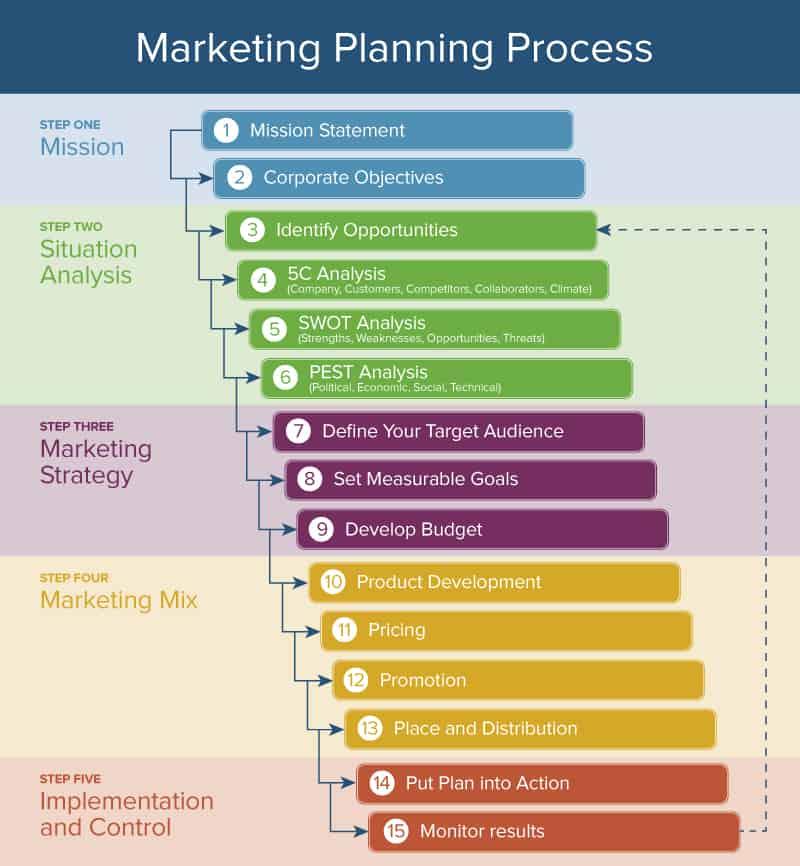In an increasingly digital world, the dream of transforming ideas into thriving online businesses has never been more attainable. Whether you’re a seasoned entrepreneur or a passionate hobbyist looking to share your creations with the world, the internet offers a vast landscape of opportunities just waiting to be explored. But where do you begin? The thought of starting an online business can be both exciting and daunting, as you navigate through a myriad of platforms, tools, and strategies. Fear not! This guide aims to demystify the process with a clear, step-by-step approach to launching your very own online venture. From defining your vision and identifying your target audience to marketing your products and managing operations, we’ll walk you through each crucial phase. By the end, you’ll be equipped with the knowledge and confidence to embark on your entrepreneurial journey and turn your business aspirations into reality. Let’s dive in and unlock the potential of the digital marketplace together!
Choosing Your Business Niche and Conducting Market Research
Identifying the right niche for your online business is critical for its success. Start by exploring your interests and passions, as this will ensure that you remain motivated and engaged in your venture. Consider the following aspects when selecting your niche:
- Market Demand: Evaluate current trends and demands in the market. Use tools like Google Trends or social media analytics to identify what’s capturing consumer interest.
- Competition: Analyze competitors within your potential niche. If the market is saturated, consider how you can differentiate your offering.
- Profitability: Ensure that your chosen niche has the potential to generate profit. Look for products or services that yield good margins.
Once you’ve narrowed down your options, conducting thorough market research is essential. This will help you understand your target audience and their needs better. Here’s a simple approach to effective market analysis:
| Research Method | Description |
|---|---|
| Surveys | Gather insights directly from potential customers about their preferences and pain points. |
| Focus Groups | Engage small groups for in-depth discussions about product ideas and concepts. |
| Online Analytics | Analyze website traffic, social media engagement, and other metrics to gauge market interest. |

Building a Robust Online Presence with a Professional Website
Establishing an effective online presence begins with a professional website that reflects your brand’s identity. A well-crafted website serves not only as a digital storefront but also as a platform for communication and engagement with your audience. To contribute to a cohesive image, ensure your website features eye-catching design elements, intuitive navigation, and compelling content. Additionally, don’t overlook the significance of mobile optimization. With an increasing number of users accessing websites from their smartphones, a responsive design will enhance user experience and boost your SEO rankings.
Consider incorporating essential elements that build trust and professionalism into your site, such as:
- Clear Branding: Your logo and color scheme should consistently reflect your brand.
- High-Quality Imagery: Use professional images that resonate with your audience and product offerings.
- About Page: Share your story and mission to connect with users on a personal level.
- Testimonials: Showcase customer feedback to build credibility.
| Key Component | Purpose |
|---|---|
| Domain Name | Your online identity and brand recognition. |
| Hosting Service | Ensures your website is accessible and loads quickly. |
| Content Management System (CMS) | Facilitates website updates and content creation. |
| Analytics Tools | Track visitor behavior to optimize performance. |

Crafting a Strategic Marketing Plan to Attract Customers
Creating an effective marketing plan is essential for drawing customers to your online business. Start by identifying your target audience—who they are, their interests, and their online behaviors. Utilize tools like surveys and analytics to gather insights. Then, define your unique selling proposition (USP). What sets your product or service apart from the competition? This clarity will guide your messaging and promotional strategies.
Next, focus on the channels through which you will reach your audience. Consider a combination of avenues, including:
- Social Media Marketing: Tap into platforms like Instagram, Facebook, and Twitter to engage with potential customers.
- Email Marketing: Build a mailing list to share newsletters, promotions, and personalized offers.
- Content Marketing: Create valuable and informative content that addresses the needs and interests of your audience.
analyze your strategies regularly using KPIs (Key Performance Indicators) such as conversion rates, traffic sources, and ROI. Use this data to adjust your marketing tactics and maximize their effectiveness.

Managing Finances and Legal Considerations for Success
Establishing a solid financial foundation is essential for any online business. Begin by creating a comprehensive budget that outlines your initial startup costs, ongoing expenses, and anticipated revenue streams. Keep track of your spending and adjust your budget regularly to reflect any changes in your business landscape. You should consider the following financial aspects:
- Banking and Accounting: Set up a dedicated business bank account and choose reliable accounting software to help you manage finances efficiently.
- Funding Options: Explore various funding options such as personal savings, loans, or investors to ensure you have adequate capital for growth.
- Financial Projections: Create short and long-term financial projections to guide your business decisions and strategy.
Legal considerations are equally crucial. Ensure compliance with local, regional, and international regulations that pertain to online businesses. This includes understanding tax obligations and digital sales regulations. It is also important to draft relevant legal documents such as:
- Terms and Conditions: Specify your business’s terms of use for customers.
- Privacy Policy: Clearly communicate how customer data is collected, used, and protected.
- Intellectual Property: Register trademarks and copyrights to safeguard your brand and content.
| Legal Aspect | Description |
|---|---|
| Compliance | Adhere to e-commerce laws and regulations in your jurisdiction. |
| Tax Registration | Register for appropriate taxes, such as sales tax or VAT. |
| Insurance | Consider business liability insurance to protect against unforeseen events. |
Insights and Conclusions
As we draw the curtain on our step-by-step guide to launching your online business, remember that every great journey begins with a single step. Armed with the knowledge of market research, branding, and digital marketing, you’re now equipped to navigate the complexities of the online marketplace.
Embrace the challenges ahead as opportunities for growth and innovation. Each moment of doubt can lead to a breakthrough, and every setback can set the stage for a comeback. Whether you’re crafting your first product listing or engaging with your audience on social media, know that perseverance and passion can lay the foundation for success.
Now is the time to take that leap of faith. With tenacity and a clear vision, your online business can not only thrive but can also stand out in a crowded digital landscape. So go ahead—build, innovate, and inspire. The internet is waiting for your unique contribution, and the path to your entrepreneurial dreams is just a click away. Best of luck on your new adventure!



